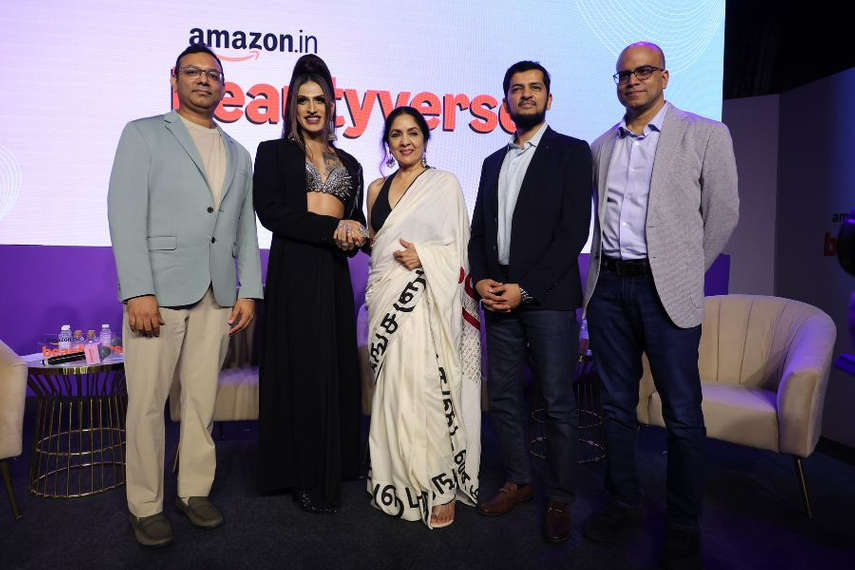
Please sign in or register
Existing users sign in here
Having trouble signing in?
Contact Customer Support at
[email protected]
or call+91 22 69489600
With creators, AI tools and Prime Day synergy, the ecommerce platform is crafting a conversion-first beauty playbook for India’s digital-first consumers.

Contact Customer Support at
[email protected]
or call+91 22 69489600
Top news, insights and analysis every weekday
Sign up for Campaign Bulletins
The industry is expected to grow from $32.2 billion in 2024 to $47.2 billion by 2029, nearly twice the global average of 4.2%.
The indigenous fashion brand taps rising cultural confidence as India’s youth weigh local design, digital discovery, and lifestyle ambition in an increasingly competitive market.
When PR grows, but client demands remain the same, partnerships feel misaligned. The outcome is: fragmented messaging, poor performance, and lost opportunities.
AI’s promise in advertising is clear. But with a high failure rate, agencies must move beyond experimentation to strategic integration of AI and human creativity to avoid wasted resources.